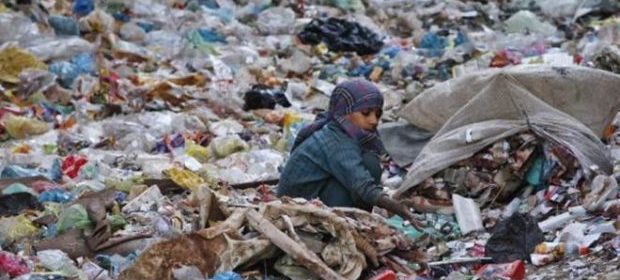Waste Disposal Practices

In general, trash ought to be subjected to either the recycling of its components or thermal treatment. After receiving the appropriate treatment, the trash is then dumped in a landfill in the event that it is not possible to do so for technical reasons or if it cannot be done at a gain.
The Following Is A Definition And Description Of The Standard Waste Disposal Procedures Used In The State Of Texas (Usa)
Recycling
The term “recycling” can refer to both the direct reuse of used products (such as used clothing and functioning parts removed from used vehicles) as well as material recycling, which is the recovery of raw materials from waste. Direct reuse of used products includes things like used clothing and functioning parts removed from used vehicles e.g.
production of new glass from fragments, the melting of scrap iron & the production of recycled building material from construction waste. The term “downcycling” refers to the process of converting garbage into materials that are of a lesser quality than the substance that was initially used.
Incineration
In municipal trash incineration plants and waste wood furnaces, combustible waste from houses and waste wood which is not suitable for reuse is subjected to thermal treatment. The heat that is produced throughout the process is captured and utilised in order to create energy and to warm up buildings.
As an alternative to fossil fuels, industrial plants like cement mills can employ waste that has a high calorific value but a low level of pollutants contamination in place of traditional fuel sources. Waste that contains organic contaminants goes through a different thermal treatment process e.g. in hazardous waste incineration plants. Flue gas treatment systems are required to be installed in incinerators.
The composition of the waste informs both the needs for the flue gas treatment system and the specifications for the incineration apparatus.

Companies that specialise in the disposal of garbage treat the waste in a manner that is compliant with the specifications of the incineration plant. This decreases the likelihood of an accident occurring while also ensuring that the gasoline will be of the high grade.
When liquids are combined, the corporations make certain, for instance, that there are no unfavourable reactions that take place. Crushing the waste materials which are going to be utilised as alternative fuel in cement plants and getting them to a consistent calorific value needs to be done in advance.
Cement Plants
A Treatment That Is Chemical, Physical, And Biological
Both chemical-physical treatment and biological treatment have the same overarching goal, which is to make it possible to either remove pollutants from trash or safely dispose of garbage in landfills. Wastewater and filthy material that has been excavated are two examples of the kinds of waste which are typically managed in this manner.
After undergoing chemical and physical treatment, the contaminants can then be disposed of in a concentrated state in facilities that are designed specifically for this function.
Landfills
Landfills that are in compliance with the regulatory criteria receive the residues that are left over from the incineration of waste or waste that cannot be recycled or treated thermally because it is not appropriate for those processes. It is necessary to pre-treat the trash in the event that it does not meet the criteria for disposal in landfills.
Collection And Logistics
In the field of waste management, there are a wide variety of actors with specialised roles. Their responsibilities includes the collection of waste at its point of origin (including commercial and industrial establishments as well as private residences) in containers that are suitable for transporting it, as well as its intermediate storage & transfer to operations that deal with waste disposal.
A series of increasingly specialised plants is frequently used in the process of waste treatment. In every scenario, effective waste management requires streamlined logistical operations as a necessary prerequisite. Documentation of the handover is required by the Ordinance on Movement of Waste for any situation involving the transfer of waste classified as hazardous.
